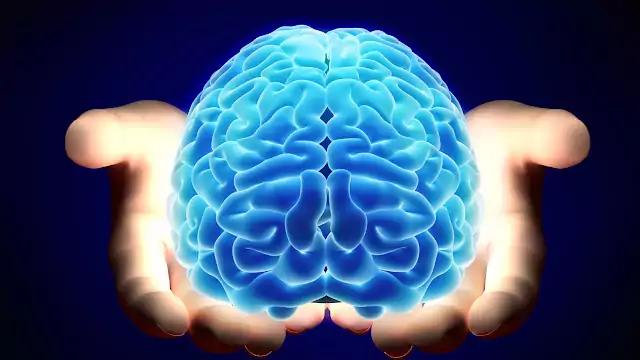It’s all in your head, it weighs about 1.35 kg (three lbs) and it’s the most amazing organ in the body. Yet until recently very little was known about how it works, and even less about its interaction with the rest of the body. One reason for this is that many aspects of how the body functions, including the brain, could never really be understood until human ingenuity had come up with some technology that performed those functions.
For example, before the invention of various kinds of pump, no one really understood that the heart was just that – a pump to keep the blood circulating round the body, and not the bit which made people fall in love. (Eventually, this turned out to be the brain sending complicated chemical instructions to the relevant parts of the body, but that realization had to wait for more technology to come along.)
Similarly, the harnessing of electricity led to the understanding of electrical charges and circuitry and the invention of telephones, television and so on. Only then could it be understood that the human brain itself contains cells (neurons) which function by firing tiny electric charges at each other in complicated patterns, and that it also uses complex chemicals to send messages down the nerve fibre “wiring” to muscles and other organs to “tell” them how to operate.
Brain Facts and Why Brain Power Needs Oxygen to Work Effectively
The invention of the steam engine, and eventually the internal combustion engine, made it generally understandable that action/movement requires fuel of some kind. Just as a flame needs oxygen to keep burning, so the human body could then be understood as “burning” carbohydrates from our food, and so also in need of oxygen to keep going.
This is our own form of “internal combustion” and it is why the body feels warm to the touch. Up there organising it all is the busiest organ of the lot, and its neurons (sometimes called “little grey cells” need a steady supply of oxygen to keep up their frantic life-style.
- There should be about 100 billion neurons in the average adult brain.
- These neurons make around 15 million connections an hour.
Those are brain facts to make anyone think – and keep on living – which is exactly what it’s all about.
How the Invention of Computers Helped the Understanding of Brain Function
It was the arrival of computers which helped medical science get to grips with certain aspects of brain function, which could now be seen in terms of “circuitry” and “programming” being used in computer development.
- As with computers, a certain amount of brain power and brain function comes already installed.
- From birth to late teens is the high-time for brain development.
But the brain cannot be thought of merely as a computer in need of programming. Amazingly, it is now known that the learning of increasingly complex tasks such as speaking, writing, maths, music, sport and dance acts as a stimulus to the brain cells which then form more and more branches (dendrites) of nerve fibres. This suggests a strong body mind connection, but how this actually worked was not understood until quite recently.
The Body Mind Connection
Further advances in brain chemistry and neurology are throwing more light on the whole concept of the essential unity of mind and body. The body mind connection has long been an article of faith in many cultures, but western medical opinion at one time was that this was very much a one-way system. The brain could “tell” the body what to do, but there was no way of proving that the body had ways of answering back that could cause physical changes, for better or worse, in the brain. But now, the comparatively new science of brain chemistry, a branch of bio-chemistry, is able to demonstrate several things:
- One of the two main chemical neuro-transmitters used by the brain to “tell” the body what to do is concerned not just with getting messages to the muscles, but is also involved with the “brain functions” of memory and attention.
- There is a site at the base of the brain called the neuromuscular conjunction,which acts as a kind of switch box for neuro-chemical exchanges, thus allowing the body to “talk back” to the brain, which can set about making some “home improvements.”
These two discoveries have shown that the body mind connection is in fact a two-way system, and they go a long way in explaining just how complex the body mind connection really is. Such insights into how the body’s very own built-in “PC” goes about its business are surprising brain chemists, neurologists, physiotherapists and fitness experts alike, and have led to the development of concepts such as brain exercises, body and mind training with the “use it or lose it” mantra being applied to the brain as well as the rest of the body.
